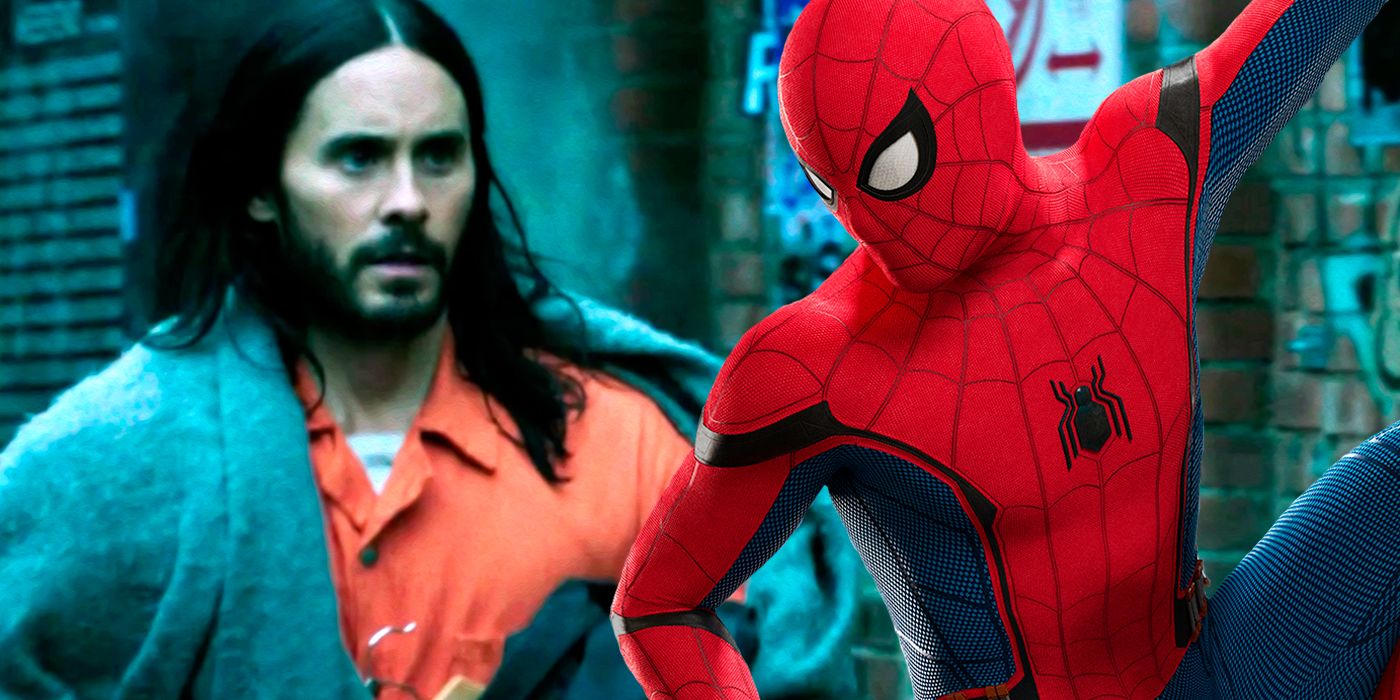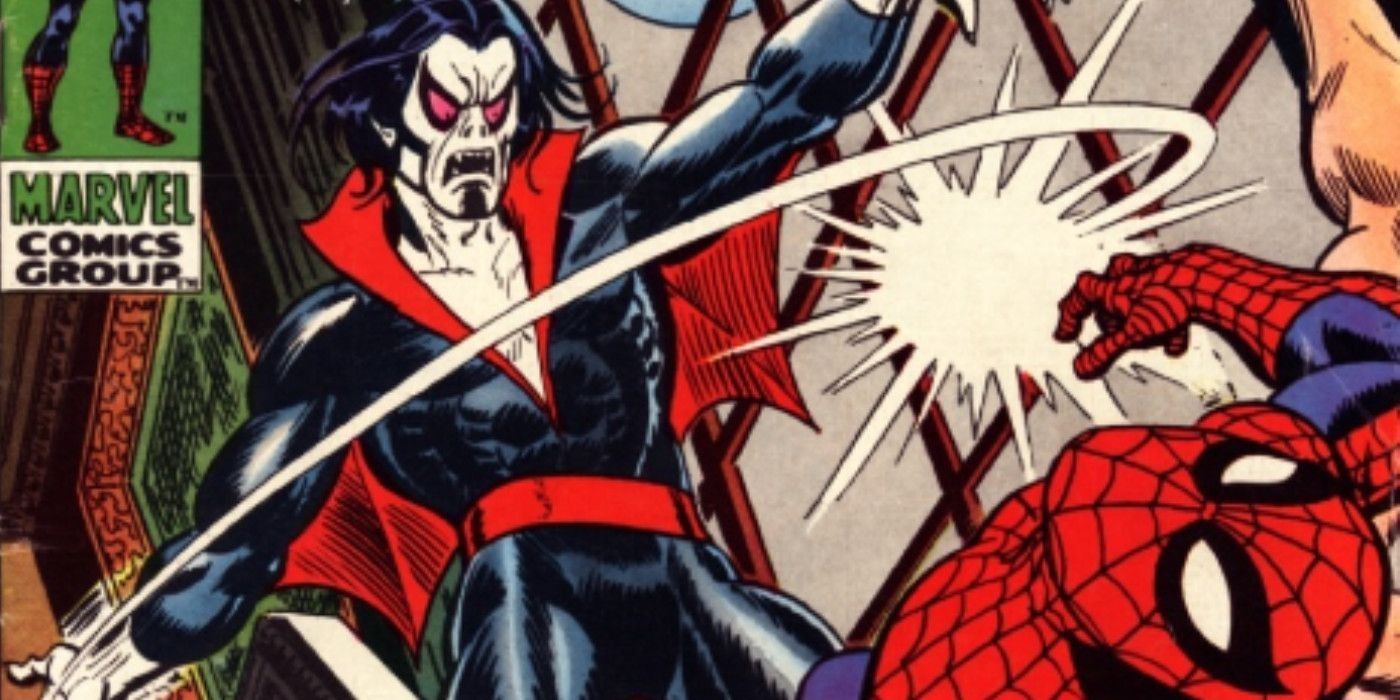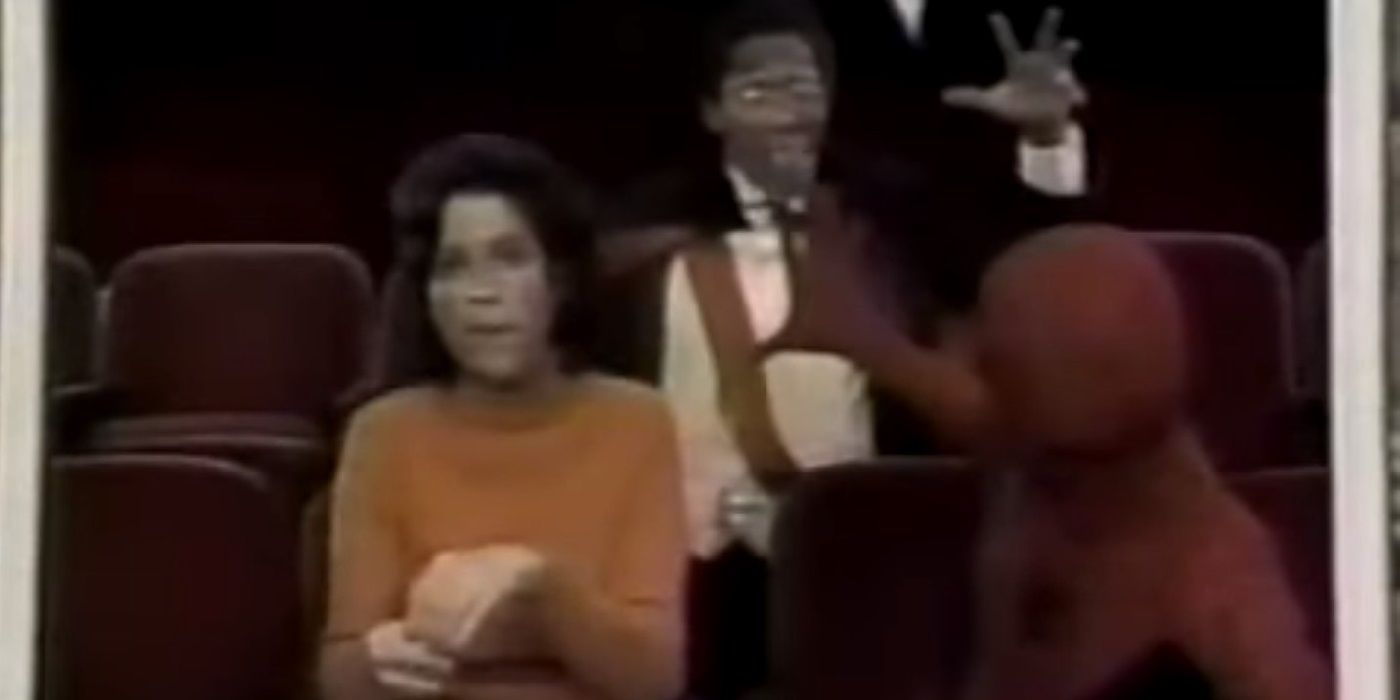Spider-Man’s first live-action incarnation was surprisingly modest. In 1974, Marvel Comics agreed to let the Children’s Television Workshop use Spider-Man for free as part of its program The Electric Company. Spidey began appearing in a series of shorts on the show, using comic book bubbles for his dialogue as a way of encouraging young viewers to read.
As strange as it may sound, that pop culture moment almost 50 years ago informed Spider-Man’s current status as the darling of the biggest franchise on the planet. With Spider-Man: No Way Home bringing back a passel of older villains and Spidey’s longtime foe, Morbius, getting his own movie, it’s surprising to learn that The Electric Company preceded them both. Spidey’s first live-action in-canon villain was a vampire -- played by Morgan Freeman no less -- who joined him in one of his earliest appearances on the show.
Spidey was the only character from Marvel’s stable that The Electric Company could use. As a result, he faced off against original villains, sporting kid-friendly gimmicks and names like Funny Bunny and The Wall. But in the clip “A Night at the Movies,” he faced Count Dracula, and created a weirdly unique moment of synergy. The clip itself is very simple: during an evening at the movies, Spider-Man spots Dracula menacing one of the other patrons in the audience. He stops the vampire with his web shooters, only to be berated for taking someone else’s seat.
The scene built its weirdness on a confluence of circumstances. Dracula was in the public domain, which meant that anyone could make use of the character as they wished. Both Marvel and The Electric Company took full advantage of it. Horror comics experienced a resurgence in the 1970s, resulting in Morbius’ first appearance in The Amazing Spider-Man #101 in 1971. That in turn led to the creation of The Tomb of Dracula title in 1972 – featuring the venerable vampire as a kind of anti-hero – which itself resulted in the introduction of Blade in The Tomb of Dracula #10. Dracula went on to serve as a supervillain-style foe for a number of Marvel mainstays, including Spider-Man and the X-Men. It’s safe to say that Marvel was fully committed to the vampire concept at the time.
The Electric Company leaned heavily on the character as well. They had an ideal actor in Freeman, whose imposing stature and booming voice evoked Christopher Lee’s celebrated Hammer movies. Dracula made regular appearances on the show during Freeman’s run from 1971 until 1977, not only to impart basic grammar lessons, but to remind young children that monsters were supposed to be fun as well as scary.
That made him an easy fit as a villain for the show’s Spider-Man sketch, which for all its comparative crudity encapsulates a surprising amount of detail about the character. He gets no thanks for his efforts from the people he saved, for instance, and has to miss the movie – a Spider-Man movie no less – in order to haul Dracula off to jail (or wherever they keep rogue vampires in this universe). The sketch also used comic book panels to cover for its action scenes, as well as a faux cover – a gimmick used in all of Spidey’s Electric Company appearances – depicting Spidey handing his ticket to the cashier on the way into the movie.
That all may have been more than happenstance. Spider-Man faced off against Dracula in the comics for the first time in Giant-Size Spider-Man #1 published in July 1974 just a short time before The Electric Company began airing its Spidey sketches. The cover prominently features the vampire looming large over his foe, anticipating the shorter, sillier and more family-friendly TV version still to come. Marvel knew free publicity when they saw it, and had a “crossover comic” timed to coincide with it. Even then, at the barest beginnings of their ventures into other media, they saw the possibilities.



